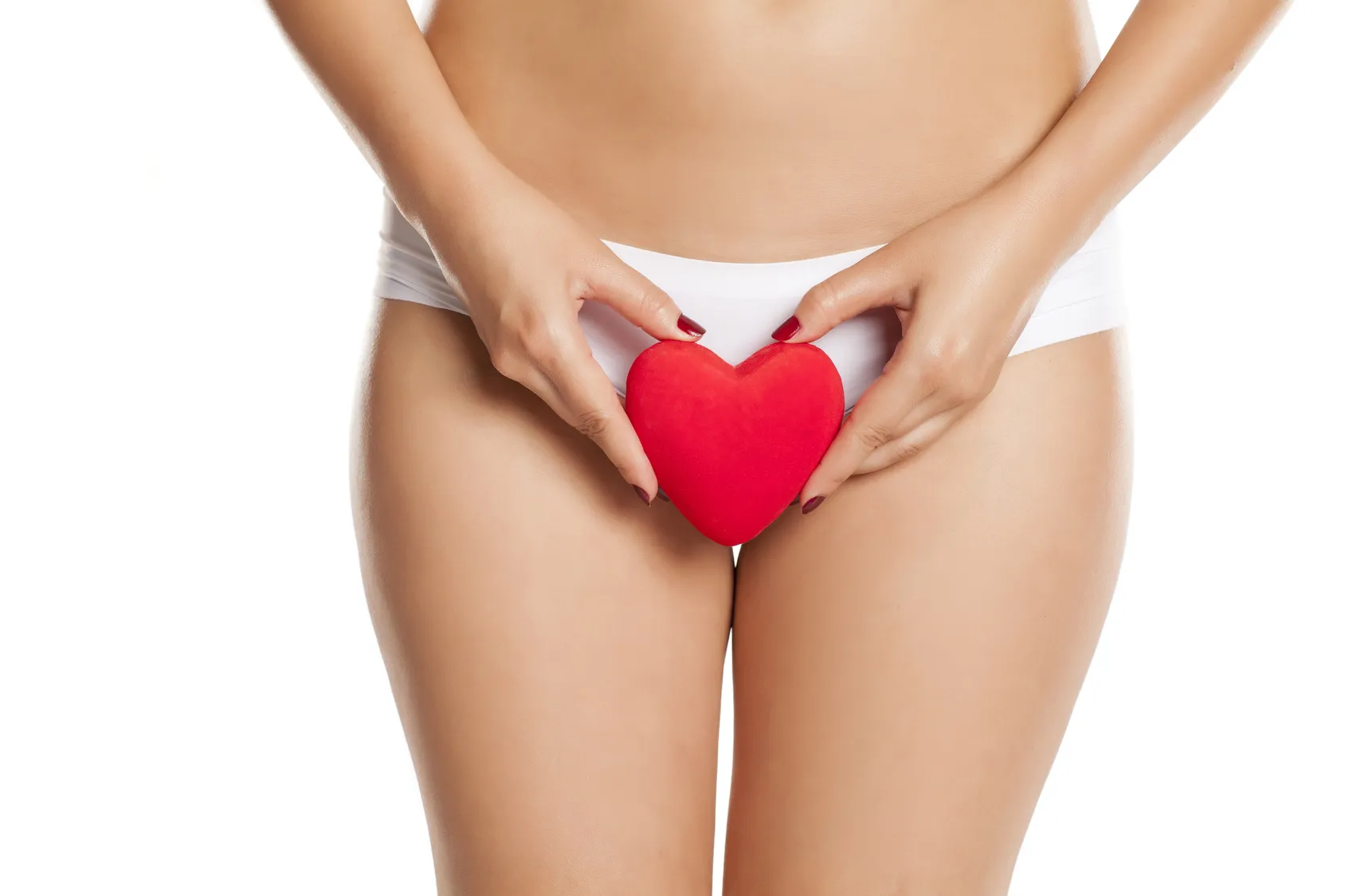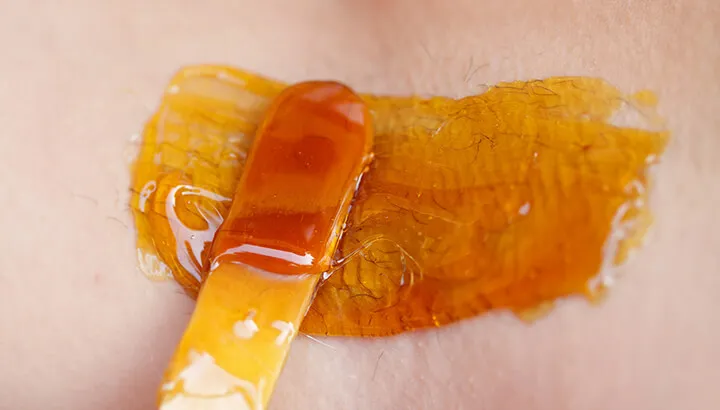Nothing is more natural than the hair growing out of our skin, yet we often treat our hair “down under” as if it’s a foreign addition to our bodies. Based on a recent study, of the 3,316 women examined, 84 percent engaged in pubic hair removal. Although some of these women only give their genital hair-do a trim, 62 percent opted for complete removal — something which has been referred to as the “Barbie” look.
Hey, we all enjoy the freedom to do as we please, but did you expect so many women to walk around bald? Here is why you should care.
Here’s why you should stop shaving your pubic hair
Although there were many interesting stats presented within the study above, it’s important that we focus on the 59 percent of women who groomed their pubic hair for hygienic purposes. Meaning, somewhere along the way, women decided that this natural collection of hair was dirty and that getting rid of it was the best option.
In reality, pubic hair serves a purpose. While focusing on the health of your genitals, it can actually protect you from dirt and bacteria — which we will discuss momentarily. At the end of the day, the skin which your pubic hair protects is extremely delicate. If you are removing your pubic hair because it looks nicer, you may want to reconsider.
Article: Gals, Should You Be Shaving Down There?
1. You’ll avoid infections

Pubic hair is natural and, in many ways, protective. Although some women believe that shaving their pubic hair is more hygienic, medical research shows the exact opposite. Think of your lovely little bush as a barrier. It reduces contact with dirt, viruses and bacteria.
When you stop shaving, not only will you reduce the occurrence of common complications, including yeast infections, but you can also decrease your risk of STIs. Ready for this?
According to a very recent study, published in the journal Sexually Transmitted Infections, those who frequently remove their pubic hair actually experience an 80 percent higher risk of developing an STI. As you would expect, rates of grooming were high among both males and females — something in which the researchers blame on shifting norms due to mainstream media.
The researchers adjusted for both age and the number of sexual partners. They found that those who groomed frequently, as well as those who removed their pubic hair an average of 11 times annually, exhibited a 3.5 to 4-fold increase in STI risk. This includes both human papillomavirus and herpes.
2. You’ll avoid painful ingrown hairs

Ugh, ingrown hairs are the worst. And when you regularly remove your pubic hair, you can expect an irritated bump or two. If you’re wondering why you are experiencing so many ingrown hairs, this is more than likely why:
- You’re waxing too often: Not everyone likes to shave, but when you wax, you can actually promote ingrown hairs and increased irritation. If you are heading to the salon before your hairs are at least 1/4-inch long, the wax will not have enough to grip onto. This results in the hair breaking instead of being pulled from the root — the ultimate recipe for ingrown hairs.
- You’re not properly shaving: Just like your legs, there is a preferred method when shaving down there. First of all, never shave dry. If you must shave, use an all-natural, moisturizing cream. This will not only prevent nicks and in turn, a higher risk of infection, but when shaving in the direction of your hair’s natural growth, you can reduce your risk of “trapped” hairs under the skin.
- You’re not waiting long enough: Whether you shave or wax, for at least 24 hours following the removal of your hair, your pores will be open and prone to infection. Being ultra sensitive to heat and friction, you should not technically swim, take a hot shower, workout or perform any other activity that may cause irritation.
3. They help regulate temperature
Body hair, including the hair found around your genitals, helps regulate your body’s temperature. On each hair follicle, there is a sebaceous gland that releases oils. Once these oils reach the skin and evaporate, they are able to cool the area. The same is true when your body doesn’t want to lose heat — the hairs will trap warm air.
4. You’ll avoid injury
Realistically, if you’re placing a razor anywhere near this delicate area, you instantly increase your risk of injury. Based on a 2012 study, it was found that approximately three percent of emergency room visits are related to either urinary or genital injuries, which are a direct result of grooming practices gone wrong. Of these injuries, 83 percent were associated with shaving razors.
While looking back on related incidents, it was found that genital injuries have increased by five times over the past decade due to grooming accidents. Between the years 2002 and 2010, hair grooming injuries increased by 247 incidents each year. To put that into perspective, by the year 2010, there were 2,500 incidents annually.
As mentioned, razors are largely to blame. The most common injury was a laceration at 36.6 percent. What’s even more interesting is that it was fairly even between females and males. Only 56.7 percent of injuries were women, and they commonly injured the external female genitalia.
5. You’ll save money
I remember during college, some of my friends would be so broke, barely buying groceries, yet they always found money to have their woo-hoo’s waxed. After surveying American women, researchers found that they spend more than $10,000 on hair removal products and services over the course of their lifetime.
Yes, that’s right — thousands of dollars to remove something that’s supposed to be there. Considering these women removed unwanted body hair for an average of 53.6 years, over one’s lifetime, a woman will spend more than 58.4 days removing hair from her body.
While focusing specifically on waxing, the lifetime price tag skyrockets to $23,000 — ouch. Sure, shaving is cheaper, but when addressing the hairs in this area, you’ll want to pass on the cheap, low-quality razors. Also, just because you choose the cheaper option, shaving will still remove this natural defense system and increase your risk of injury.
6. You’ll avoid infected abscesses
Often starting as an ingrown hair, shaving increases your risk of abscesses — swollen body tissue that accumulates pus. Meaning, when you remove your pubic hair, you increase your risk of swelling, inflammation and infection. As you manipulate your genital hair, you increase the possibility that bacteria will enter the body through your hair follicles.
Once this occurs, individuals will often seek medical attention. Doctors will then give them antibiotics. As we know, antibiotic use is not only leading to resistance, but will also wipe out all of your body’s good bacteria — which is associated with positive gut health and, in turn, overall well-being.
So, the next time you want to “clean up” down stairs, ask yourself: why? Do you really need to be spending time and money at your health’s expense, just so that area looks a bit neater? Nothing wrong with the “au naturel” approach — give it a try!
— Krista Hillis
